June 21, 2015
The latest issue of Insight Weekly is available to view online
 In this week’s issue; Dan Callegari argues the importance of creating a working environment that is inherently flexible enough to meet the needs of everybody; and Mark Eltringham lists the award winning products from the recent Neocon workplace design convention in Chicago. A new US report finds Generation Y isn’t as tech savvy as it’s made out to be; Regus research discovers many workers are afraid that working from home will mean they grow lonely, overweight and stale; and muscular skeletal problems and mental ill health remain the main causes of workplace absence. In London, a new kind of workplace is unveiled as part of the London Festival of Architecture; an office built around a tree. Subscribe for free quarterly issues of Work&Place and for weekly news via the subscription form in the right hand sidebar, follow us on Twitter and join our LinkedIn Group to discuss these and other stories.
In this week’s issue; Dan Callegari argues the importance of creating a working environment that is inherently flexible enough to meet the needs of everybody; and Mark Eltringham lists the award winning products from the recent Neocon workplace design convention in Chicago. A new US report finds Generation Y isn’t as tech savvy as it’s made out to be; Regus research discovers many workers are afraid that working from home will mean they grow lonely, overweight and stale; and muscular skeletal problems and mental ill health remain the main causes of workplace absence. In London, a new kind of workplace is unveiled as part of the London Festival of Architecture; an office built around a tree. Subscribe for free quarterly issues of Work&Place and for weekly news via the subscription form in the right hand sidebar, follow us on Twitter and join our LinkedIn Group to discuss these and other stories.






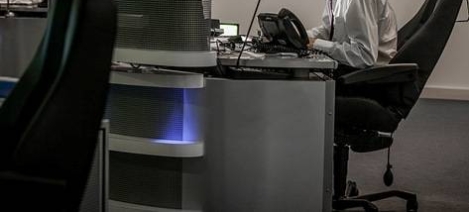
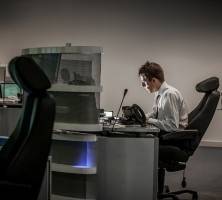






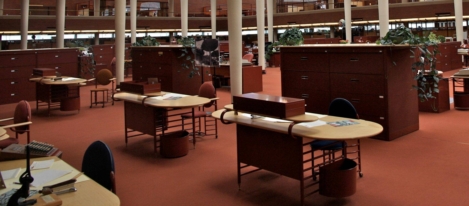



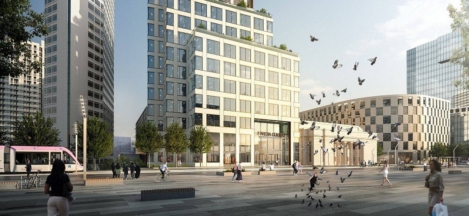
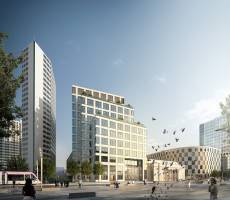

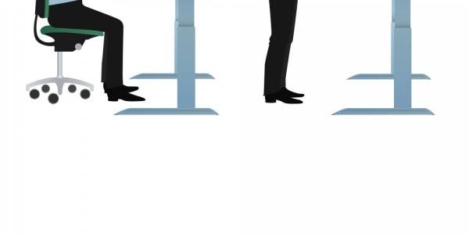









June 2, 2015
The bonds that link work with place are loosening day by day
by Paull Robathan • Comment, Flexible working, Technology, Work&Place
(more…)